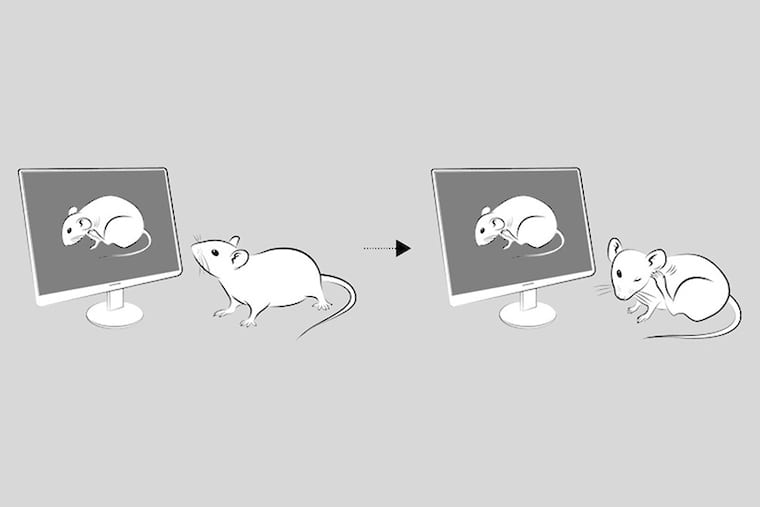Researchers at Washington University School of Medicine in St. Louis have identified a pathway in the brains of mice that is activated when the animals see other mice scratching. The researchers previously reported that the urge to scratch an itch after seeing other mice scratching is hardwired in the brain. Now they have found that this so-called “contagious itching” is controlled through a visual pathway that, surprisingly, operates independently of the visual cortex, the area of the brain that processes visual information.
The new findings advance understanding of the triggers that spur itching, and eventually may point to solutions to quell itch-related conditions in people. The work also provides more evidence that some cells in the retina not previously linked to vision actually may assist us as we see.
The new study is published Oct. 4 in the journal Cell Reports.
“This contagious itch — which is a reflex response in mice, just as grooming is — must be somehow important for survival,” said principal investigator Zhou-Feng Chen, PhD, director of the Washington University Center for the Study of Itch & Sensory Disorders. “We humans also experience contagious itch, but we have found that in mice such itching is controlled through a pathway that was not known to be responsible for ‘seeing’ things. That could mean this sort of imitative scratching behavior is an ancient, protective behavior.”
Using techniques to disable the visual cortex, the researchers found that even a mouse without a functioning visual cortex will scratch when it encounters another doing the same.
